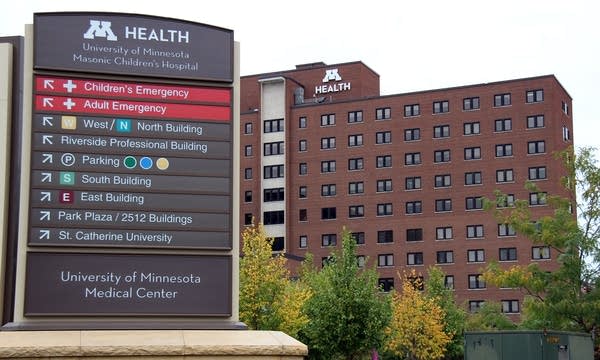Lawmakers question timeline, cost of U of M's nearly billion dollar plan to acquire Fairview facilities

The University of Minnesota's plan, which was accelerated by the merger proposal, involves sole control over the medical facilities on campus, including the medical center and Masonic Children's Hospital seen in 2015.
Mark Zdechlik | MPR News
Go Deeper.
Create an account or log in to save stories.
Like this?
Thanks for liking this story! We have added it to a list of your favorite stories.


